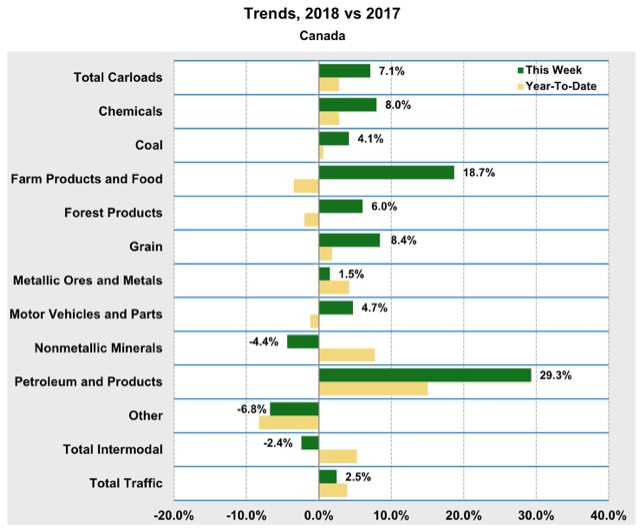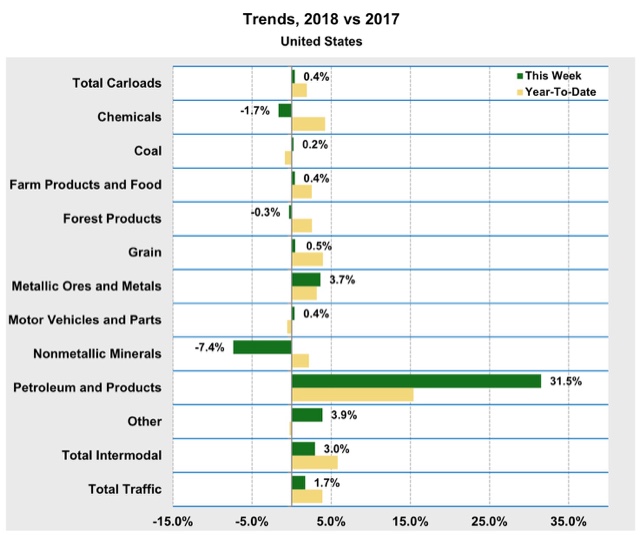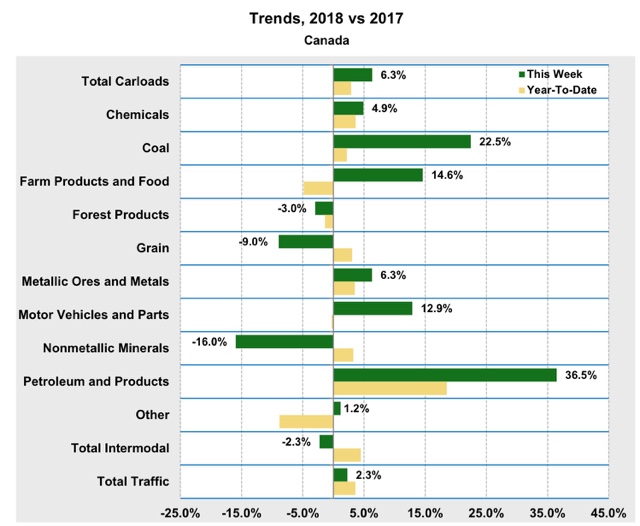Tracking Trump’s tariffs: US vs. Canadian rail loads Let me start out by saying that there is an excellent case for the US imposing a VAT (“value added tax”) similar to those enacted by Canada and European countries in order to recapture the losses due to far lower wages in China and other developing countries. Additionally there is an excellent national security rationale for not entering into”free trade” agreements with authoritarian governments who will use the benefits to build up their militaries. Not that this is what Trump is doing, of course. In any event, I’ve already noted that the weekly rail report by the AAR seems like an excellent way to track the impact of Trump’s tariffs, especially via intermodal units which are used for ocean shipping.
Topics:
NewDealdemocrat considers the following as important: politics, Taxes/regulation, US/Global Economics
This could be interesting, too:
Robert Skidelsky writes Lord Skidelsky to ask His Majesty’s Government what is their policy with regard to the Ukraine war following the new policy of the government of the United States of America.
Joel Eissenberg writes No Invading Allies Act
Ken Melvin writes A Developed Taste
Bill Haskell writes The North American Automobile Industry Waits for Trump and the Gov. to Act
Tracking Trump’s tariffs: US vs. Canadian rail loads
Let me start out by saying that there is an excellent case for the US imposing a VAT (“value added tax”) similar to those enacted by Canada and European countries in order to recapture the losses due to far lower wages in China and other developing countries. Additionally there is an excellent national security rationale for not entering into”free trade” agreements with authoritarian governments who will use the benefits to build up their militaries. Not that this is what Trump is doing, of course.
In any event, I’ve already noted that the weekly rail report by the AAR seems like an excellent way to track the impact of Trump’s tariffs, especially via intermodal units which are used for ocean shipping. This week I happened on another excellent usage: comparing US vs. Canadian real loads, both of which are monitored weekly by the Association of American Railroads.
To the point, here’s what year to date growth in US (first graph) and Canadian (second graph) rail loads looked like 2 months ago:
Note that carloads, especially of various agricultural products, were reasonably comparable in the two countries.
Now here are the same two graphs updated through this past week:
With the exception of forest products and grain, YTD comparisons are still positive in Canada.
But look at what has happened in the US. All of the YTD and YoY weekly comparisons have collapsed, and the latter have turned completely flat or negative.
This is incontrovertible evidence that Trump’s tariffs are hitting US agriculture – and transportation – hard.




